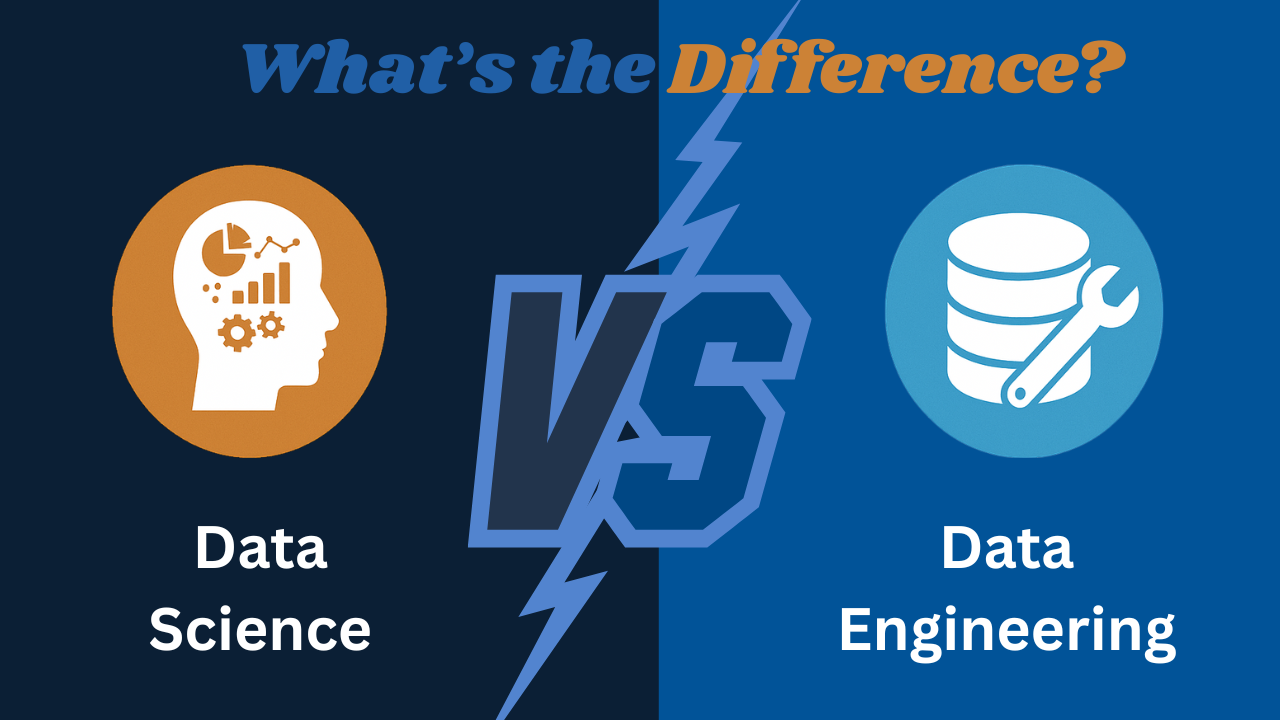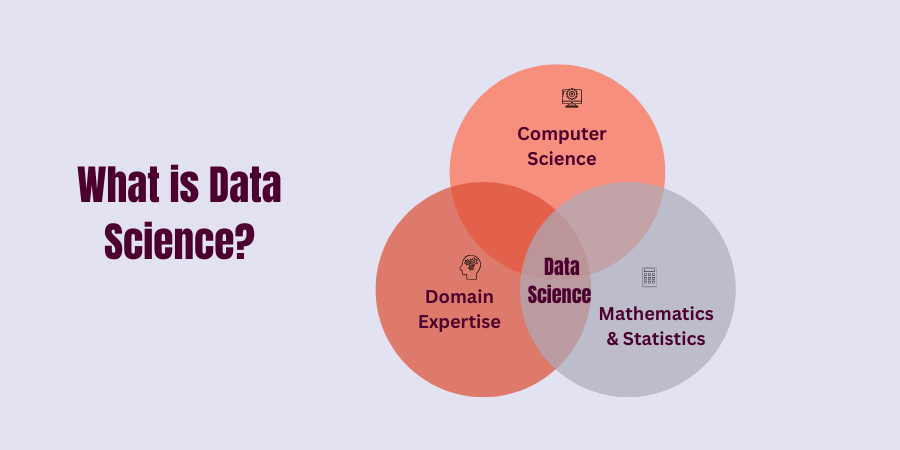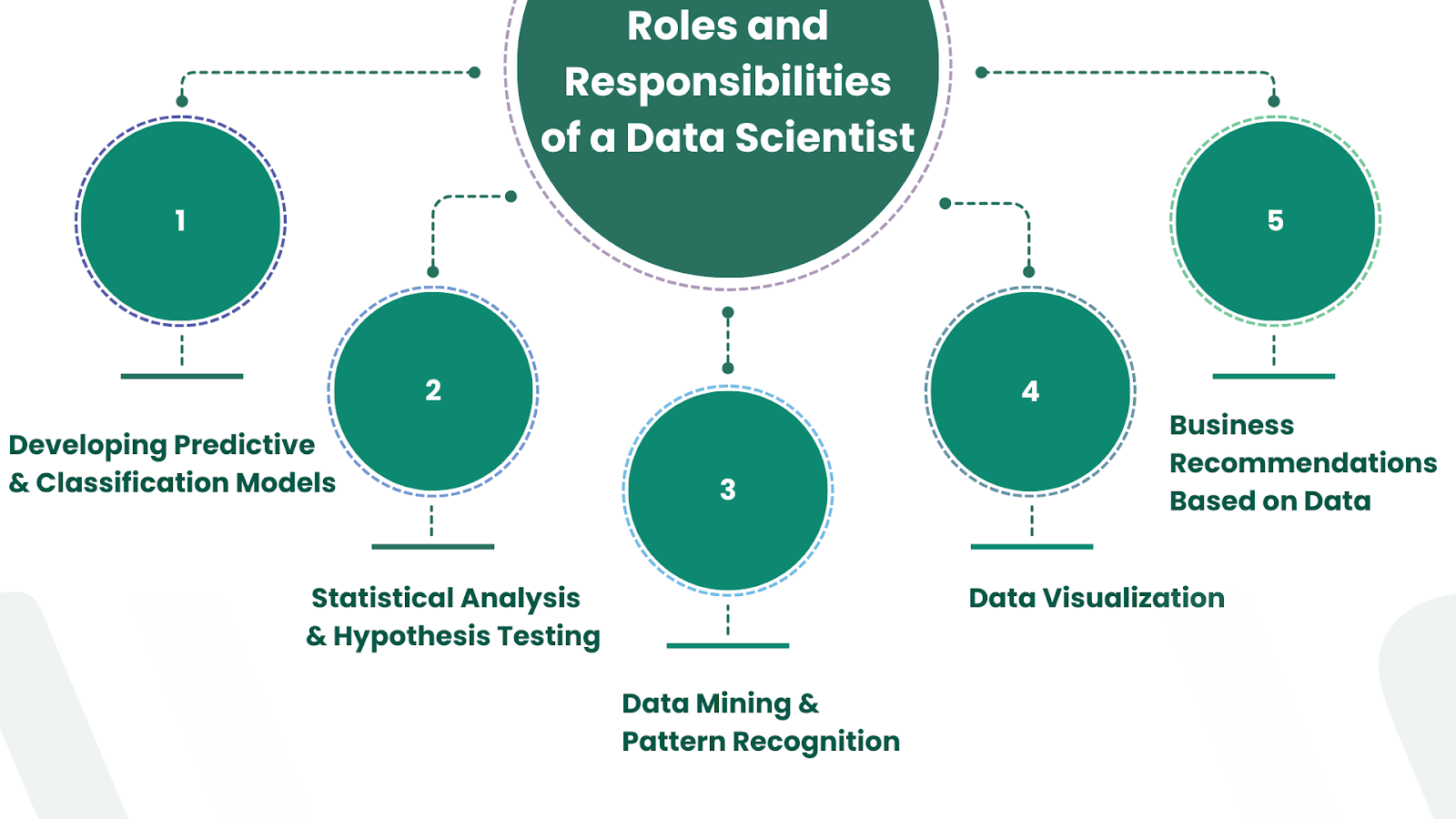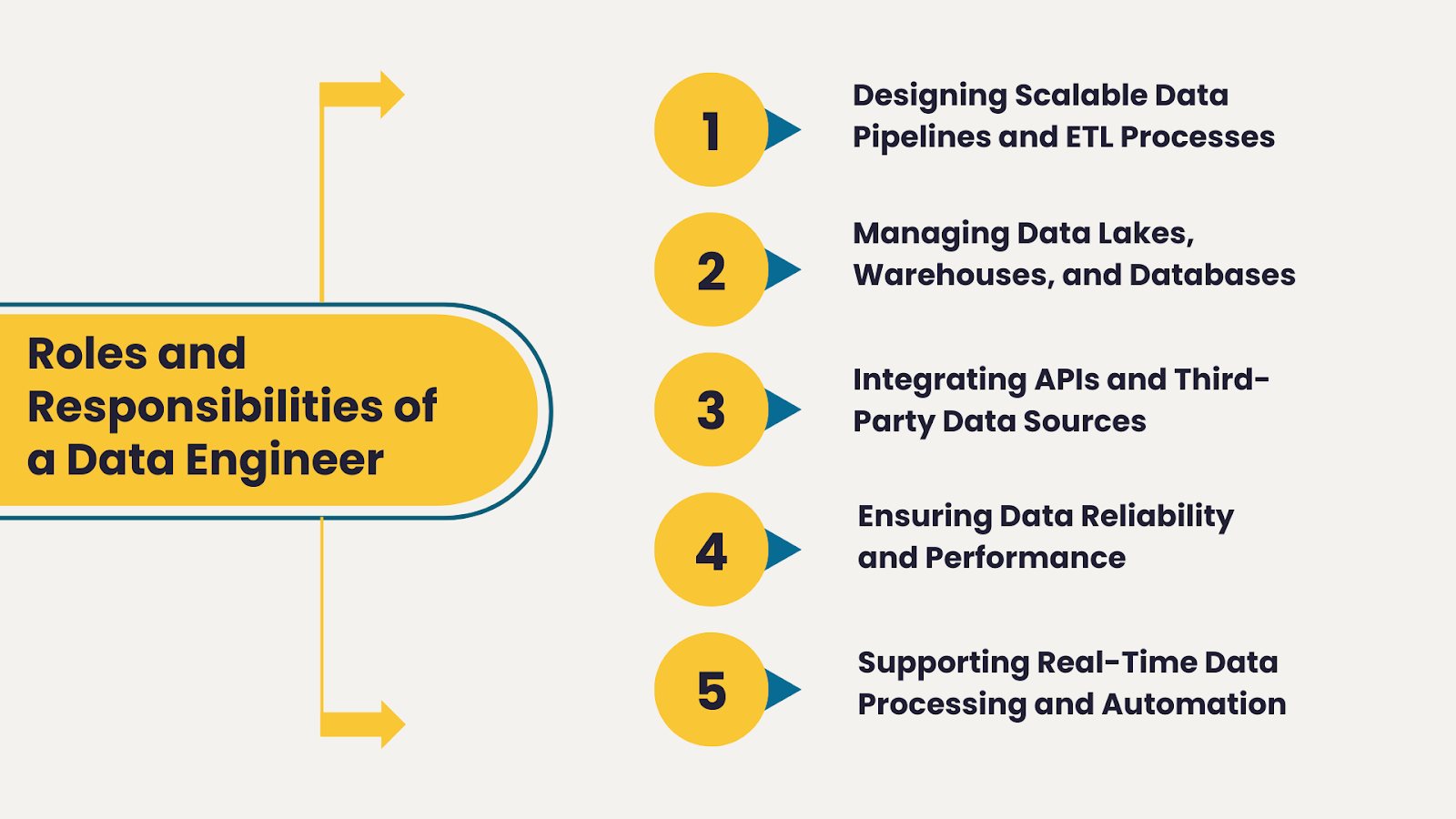
In today’s digital age, where everything is evolving at phenomenal speed, data has become one of the most sought-after assets, given the sobriquet of the new oil. Yet, like crude oil, raw data doesn’t have much worth until and unless it’s subjected to proper processing, refinement, and application. This requirement gives rise to the importance of professional roles within the world of data. Among the most critical of such roles to leverage the power of data are Data Science and Data Engineering. Although these fields are highly interdependent and usually collaborate, they have distinct roles to play and different skill sets.
Data Scientists care more about deriving insights from data using statistical analysis, machine learning, and predictive modeling, whereas Data Engineers care about crafting strong data pipelines and dealing with infrastructure so that data is clean, ready, and available to analyze. It’s crucial for organizations that want to create strong data teams as well as for professionals who want to get into this in-demand job, to know what these two different roles are.
Polonium Technologies explains the core differences between Data Science and Data Engineering to help you better understand their respective contributions so that you can make the right decision for your team or career.
What is Data Science?
Data Science is the discipline of extracting insights and knowledge from structured and unstructured data. It blends mathematics, statistics, machine learning, and domain expertise to analyze data and guide business strategies.

Who is a Data Scientist?
A Data scientist primarily focuses on analyzing and interpreting complex data to help organizations make informed decisions. They often work closely with business stakeholders to understand specific goals and questions, analyze data trends, and create models to predict future outcomes.
Roles and Responsibilities of a Data Scientist

1. Developing Predictive & Classification Models
Data Scientists utilize machine learning and artificial intelligence methodologies to create prediction models or classification models for data. The models allow decision-making to be automated and aid in the establishment of future trends..
2. Statistical Analysis & Hypothesis Testing
Statistical techniques are used to test data and confirm assumptions by testing a hypothesis. This kind of technique ensures that conclusions and decisions are made on firm evidence.
3. Data Mining & Pattern Recognition
Through the investigation of big data, Data Scientists reveal concealed trends, correlations, and anomalies. These findings drive innovation and strategic decision-making.
4. Data Visualization
They design interactive dashboards and graphical charts to display complex data in a comprehensible manner. This enables stakeholders to easily understand key insights and metrics.
5. Business Recommendations Based on Data
Data Scientists interpret analytical findings and convert them into actionable recommendations. Such insights facilitate the achievement of business objectives, including enhancing efficiency, minimizing costs, or augmenting customer experience.
What is Data Engineering?
Data Engineering focuses on designing, constructing, and running data infrastructure. Data engineers ensure that the data is clean, available, and optimized for analysis.
Who is a Data Engineer?
A Data Engineer, on the other hand, is responsible for the design, construction, and maintenance of the data infrastructure. They create robust systems to gather, store, and process data, ensuring data pipelines are efficient, reliable, and scalable.
Roles and Responsibilities of a Data Engineer

1. Designing Scalable Data Pipelines and ETL Processes
Data engineers construct scalable and strong pipelines that are optimized to collect, transform, and load data from sources efficiently. The pipelines ensure the availability of clean and reliable data for analytics and business.
2. Managing Data Lakes, Warehouses, and Databases
They are responsible for performance and storage system architecture to provide secure, organized, and optimized information environments that enable fast querying and compliance.
3. Integrating APIs and Third-Party Data Sources
Data engineers facilitate the connection of external APIs and data services, shaping them and integrating them into internal infrastructure to enhance analytics and operational efficiency.
4. Ensuring Data Reliability and Performance
They implement strict monitoring, validation, and optimization processes to provide high data quality, system availability, and processing performance.
5. Supporting Real-Time Data Processing and Automation
Engineers create streaming systems and automated processes to enable real-time data insights and minimize the need for human intervention along pipelines.
Data Science vs Data Engineering
| Feature | Data Science | Data Engineering |
| Focus | Insight generation and analysis | Data infrastructure and pipeline management |
| Goal | Solve problems with data-driven models | Build and maintain robust data systems |
| Tools | Python, R, ML frameworks | Spark, Kafka, Airflow, SQL, BigQuery |
| Skills | Statistics, ML, storytelling | Programming, database design, system integration |
| Output | Reports, models, predictions | Clean, reliable, structured data |
Why Both Roles Are Crucial in Data-Driven Organizations
Think of data scientists being the analysts, while data engineers are the constructors. The engineers lay the foundation by building the pipelines and storage that allow the scientists to focus on discovery, prediction, and optimization.
There is no good data without data engineers. There is no insight or action off of that data without data scientists. Both are critical pillars of a data-first organization.
Data Scientist vs Data Engineer: Languages, Tools & Software
Today’s data landscape would be incomplete without data scientists. They specialize in analyzing intricate data sets and focus on their interpretation. In their work, most of them use at least one programming language such as Python or R, along with SQL for database management. These experts develop machine learning models with advanced abstractions and, data frameworks like TensorFlow, Scikit-learn, and Tableau as well pull data from databases, transform, and visualize them. With raw data, they identify patterns, trends, insights, and actionable strategies that can be modeled and predicted for business leaders to use in strategic planning for decision-making.
On the other hand, data engineers focus on developing, building, and sustaining the systems used for database infrastructure. These frameworks are in regards to the capturing, storage, processing, and retrieval of information from databases, data storage. The systems must ensure good hygiene and organization of the data, while making its retrieval easy by the data scientists and other relevant parties of the organization. They use programming languages like Python, Java, Scala, and SQL. In addition to these, they employ sophisticated tools for big data like Apache Hadoop, fast-data Apache Spark, and real-time streaming technologies like Apache Kafka, to construct reliable and robust data pipelines.
Data scientists rely on the foundations laid by data engineers to carry out analyses and extract insights, and data engineers optimize the systems that support this work. Cooperation between the two is most crucial; effective data engineering enhances data science, enabling deeper analyses and deeper insights. Data engineers essentially build the platforms that enable data scientists to make sense of data, so both are critical in a data-reliant organization.
.Data Scientist vs Data Engineer: Career Paths
Data Scientist Career Path
- Junior Data Scientist
Assists with data cleaning, exploratory analysis, and supports model development under guidance. - Data Scientist
Works independently on end-to-end data projects, building models and deriving insights to solve business problems. - Senior Data Scientist
Leads complex modeling tasks, mentors junior team members, and may specialize in areas like deep learning, NLP, or computer vision. - Machine Learning Engineer / Research Scientist
Focuses on designing, optimizing, and deploying advanced machine learning models, often working on cutting-edge AI research.
Data Engineer Career Path
- Junior Data Engineer
Works on basic data ingestion, cleaning, and transformation tasks. Assists in building simple pipelines and managing databases under supervision. - Data Engineer
Develops and maintains robust ETL/ELT pipelines, manages data warehouses, and ensures efficient data flow across systems. - Senior Data Engineer
Leads the design of scalable data architectures, optimizes data pipelines for performance, and ensures data reliability and security at scale. - Data Architect
Defines the organization’s data infrastructure blueprint, selects tools and platforms, and sets standards for data modeling and integration. - Chief Data Architect / Head of Data Engineering
Drives the overall data strategy, architecture governance, and long-term planning to align with business and technology goals.
Conclusion
Data Engineering and Data Science play different yet complementary functions in the value realization process of data. Data scientists focus on identifying insights and creating predictive models, while data engineers create infrastructure that enables such an analysis to be performed. Identifying the difference between these functions is crucial to building effective data teams and making strategic decisions about hiring or career growth.
